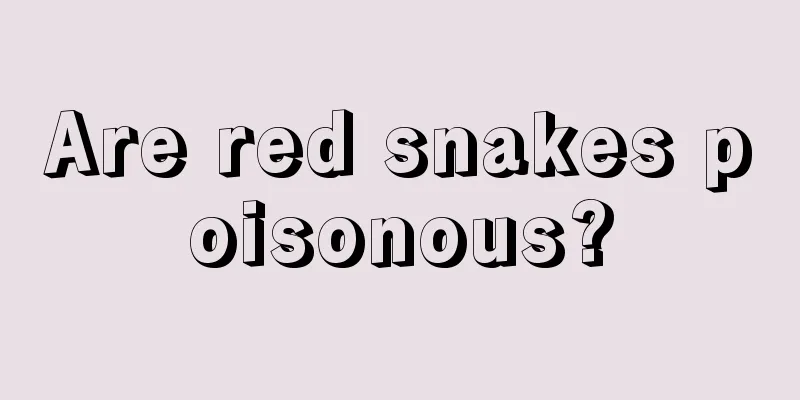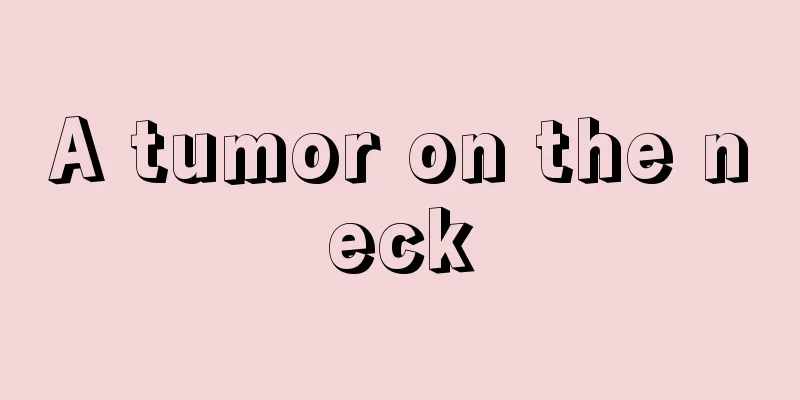Are red snakes poisonous?

|
I believe everyone is familiar with the animal snake. Its appearance is very scary. There are many types of snakes, with great differences in color and size. In many people's minds, snakes with brighter colors are usually poisonous. For example, bright colors like red make everyone think that red snakes are poisonous. So, is this really the case? Are red snakes poisonous? Let’s take a closer look below. How to identify poisonous snakes and non-venomous snakes? Most people only distinguish them based on whether their heads are triangular, their tails are short and thick, or their colors are bright, which is not comprehensive enough. Although the head of venomous snakes is a distinct triangle, some venomous snakes do not have a triangular head; while among non-venomous snakes, the false pit viper has a triangular head. The tails of five-step snakes, belly snakes and cobras are indeed very thick, but the tail of the iron-headed snake is relatively slender; many brightly colored snakes, such as the jade-spotted rat snake and the fire chain snake, are not venomous snakes, and the color of the pit viper is like mud or dog shit, which is not very eye-catching, but it is very poisonous. Therefore, the distinction between venomous and non-venomous snakes is mainly based on the following points: 1. Venom glands: Venomous snakes have venom glands, while non-venomous snakes do not. Venom glands evolved from salivary glands. Located on both sides of the head, behind the eyes, hidden in the jaw muscles, and can secrete venom. When a venomous snake bites something, the muscles surrounding the venom gland contract, and the venom is injected into the body of the bitten object through the venom duct and the tube or groove of the fangs, causing poisoning. Non-venomous snakes do not have this function. 2. The venom duct is a pipe that transports venom, connecting between the venom gland and the fang. Only venomous snakes have venom ducts. 3. Venomous snakes have fangs, which are located in front of or behind the non-venomous teeth on the upper jaw and are longer and larger than the non-venomous teeth. I think everyone should have a clear understanding of whether red snakes are poisonous. You can judge whether a snake is poisonous simply by its color. It is best to combine it with the shape of the snake's head, so that the accuracy will be higher. Since many snakes are highly poisonous, in our daily lives, if we encounter snakes that we are not familiar with, it is best not to touch them casually. |
<<: Is the red centipede poisonous?
Recommend
Can liver cancer be treated with a liver transplant?
It is generally believed that patients with stage...
Don't mistake skin cancer for warts
Mr. Li, who is over 70 years old, has a protrudin...
6 tips to help you smooth out rough hair during the rainy days
1. Wash your hair frequently to keep it fluffy Du...
What should I do if my wrist tendons are strained?
The tendons on the wrist are also called wrist li...
Chin grinding and plastic surgery
People's faces are very important because the...
What are the clinical symptoms of prostate cancer patients
In real life, many male friends will ignore the p...
How can we speed up our metabolism?
Our human body is undergoing metabolism every day...
How to use lip balm?
Every year when autumn and winter come, the weath...
How should brain metastasis of lung cancer be treated? Generally, chemotherapy can be accepted
Lung cancer metastasizes to the brain, and in thi...
What are the items for lung cancer examination? More examinations
There are many items for lung cancer examination,...
What's the matter with walking off track
Walking deviation may be caused by cerebral infar...
Which chemical carcinogens cause liver cancer? Which fruits are suitable for preventing liver cancer?
As more and more people suffer from liver cancer,...
How to treat chloasma caused by qi stagnation and blood stasis
Qi stagnation and blood stasis are not only bad f...
Always feel tightness in left chest
I don’t know if you have ever experienced the fee...
Children's cough syrup
When the human body has sore throat and cold symp...









